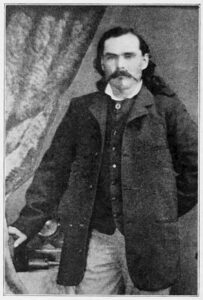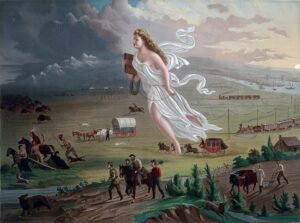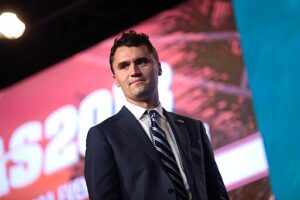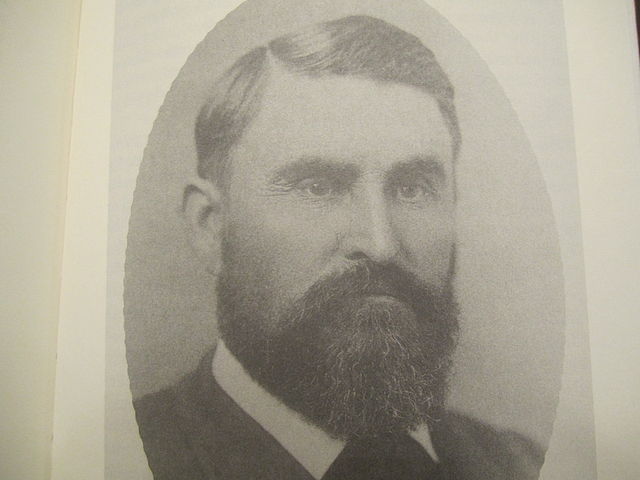
Charles Goodnight
In the tapestry of American history, few individuals have left as profound an impact on the landscape of the West as Charles Goodnight. A pioneering cattleman, innovative rancher, and frontier scout, Goodnight is a compelling figure who revolutionized cattle ranching and Western expansion. This blog post dives deep into Goodnight’s life and transformative influence on the American West.
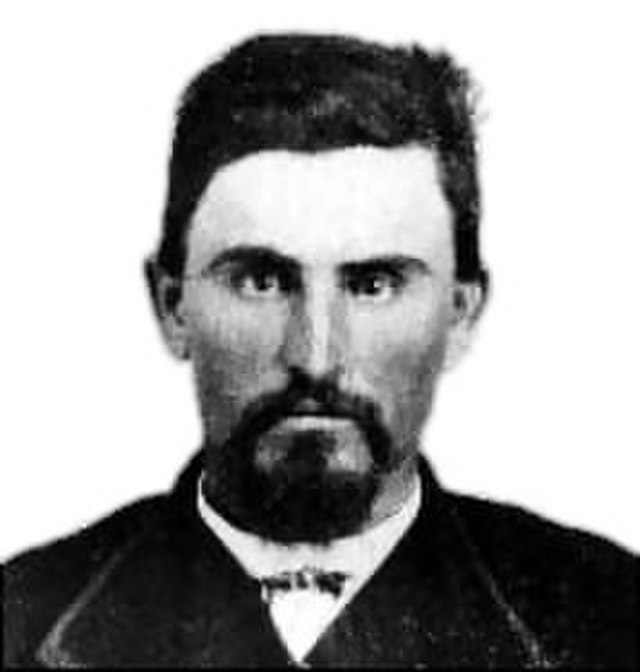
Early Years
Before he became a towering figure in the history of the American West, Charles Goodnight was a boy with humble beginnings. Born on March 5, 1836, in Macoupin County, Illinois, Charles Goodnight was the fourth of five children born to Charles Goodnight Sr. and Charlotte Collier Goodnight. His father was a farmer, providing the family with a modest living.
In 1845, the Goodnight family moved to Texas, following the promise of a prosperous life that many pioneer families sought in the fertile plains of the Lone Star State. The Goodnight family settled in Milam County, where young Charles experienced the challenges and opportunities of frontier life, shaping his character and fostering the skills he would later use in his pioneering ventures.

The sudden death of Goodnight’s father in 1849 placed heavy responsibilities on the young Charles. At just thirteen years old, he found himself as the family’s primary provider, working odd jobs and venturing into the burgeoning Texas cattle industry. While Goodnight didn’t receive a formal education, his experiences were a school of their own, educating him on cattle ranching, survival, and entrepreneurship. His story is a testament to the fact that life’s most valuable lessons are often learned outside the classroom walls.
During his adolescence, Goodnight developed a deep understanding and respect for the environment and Native American tribes, factors that would later play an essential role in his conservation efforts and his interactions during the westward expansion.
By the time Charles Goodnight reached adulthood, he was primed to become a significant figure in the history of the American West. Charles Goodnight’s early years laid the groundwork for his remarkable journey into becoming a legendary cattleman and innovator.
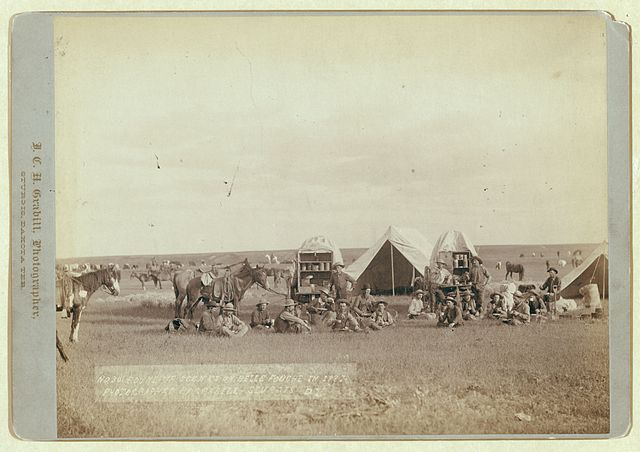
Adulthood
After enduring a challenging early life on the Texas frontier, Goodnight moved into a season characterized by bold entrepreneurship and transformative innovation. Charles Goodnight’s first wife was Mary Ann “Molly” Dyer. The couple married on July 26, 1870, in Weatherford, Texas. Molly was a schoolteacher, and together they shared a life in the West. Molly supported Charles in his endeavors and managed the household affairs of their home and ranch.
Charles became a driving force in the cattle industry, starting with his partnership with Oliver Loving in 1866. The duo blazed what became known as the Goodnight-Loving Trail, a major cattle drive route that stretched from Texas to Colorado.
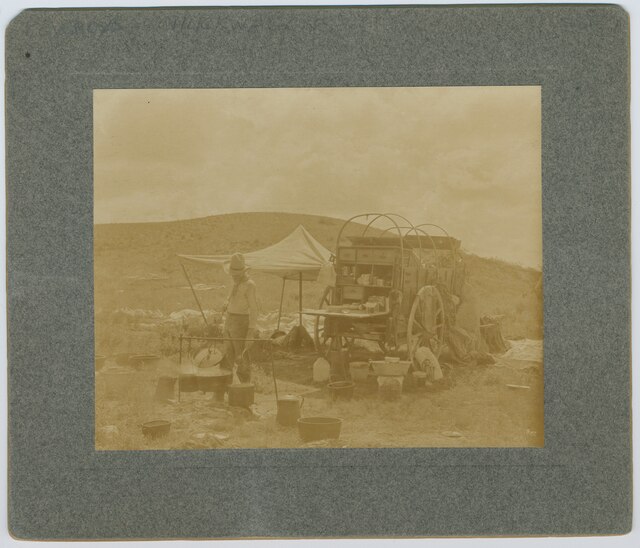
The Trail and The Chuckwagon
The Goodnight-Loving Trail became a significant conduit for moving Texas Longhorn cattle to markets in the North. It was a dangerous and demanding venture, fraught with challenges, including rough terrain, harsh weather, and potential attacks from Native American tribes. Despite these adversities, Goodnight’s perseverance and strategic planning ensured the successful transport of tens of thousands of cattle, shaping the cattle industry’s future. He also navigated complex relationships with local Native American tribes, balancing conflict and cooperation. His relationships with local tribes were complex, reflecting the broader dynamics of the time. These interactions provide a nuanced perspective on the intricacies between settlers and Native Americans during the westward expansion.
One of Goodnight’s most notable innovations during this time was the creation of the chuck wagon. Goodnight, a pioneer of what would someday be called “mobile logistics,” understood the value of having a portable source of food and supplies during long cattle drives. The chuck wagon, designed in 1866, was a traveling kitchen and storage space. The chuck wagon was a game-changer in the cattle ranching industry, equipped with food supplies, cooking equipment, medical supplies, and bedding.
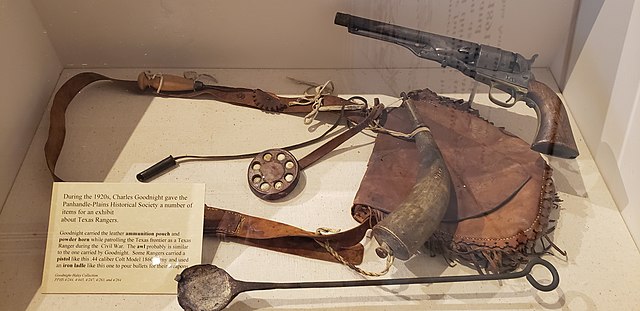
After the Cattle Trails
As we continue to explore the captivating history of the American West, the life and legacy of Charles Goodnight stand as a testament to the spirit of this transformative era. His story, from his early life to his twilight years, paints a comprehensive picture of a man who forever changed the face of the American West.
In his later life, Goodnight focused his energies not only on cattle ranching but also on preserving the ecosystems of the West. His deep respect for the environment and his entrepreneurial spirit led him to establish the Goodnight Bison Herd in the 1870s. This bison herd, housed on his ranch in the Palo Duro Canyon, was one of his most notable conservation efforts, aiming to save the species from near extinction. His vast knowledge and experience made him a mentor to younger generations, sharing his insights and wisdom on cattle ranching, conservation, and life in the American West.
After the death of his first wife, Molly, in 1926, Charles Goodnight married Corinne Goodnight on March 5, 1927, which also happened to be his 91st birthday. Corinne was a distant cousin of Charles, had been his wife’s nurse, and was 65 years younger.
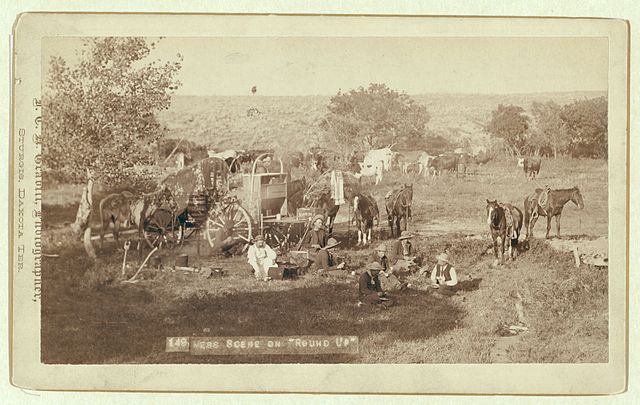
Final Years and Passing.
Goodnight’s final years were spent with his second wife, Corinne Goodnight, at their home in Goodnight, Texas. Despite the trials and tribulations that accompanied life on the frontier, Goodnight remained an active and respected figure in his community. He passed away on December 12, 1929, at the ripe old age of 93. His death marked the end of an era, but his legacy as a pioneering cattle rancher and conservationist lives on. Goodnight’s influence can still be seen today in the landscapes, the thriving cattle industry, and the conservation efforts in the American West.

Conclusion
The legacy of Charles Goodnight is etched into the landscapes and histories of the American West. He was a trailblazer in every sense of the word – a pioneer, innovator, conservationist, and above all, a master cattleman. His story, packed with the spirit of the West and the harsh realities of frontier life, remains a vital chapter in American history.
The boy born in Illinois, who matured on the Texas frontier, would grow up to reshape the landscapes and livelihoods of the American West, leaving an indelible mark on the annals of American history.
